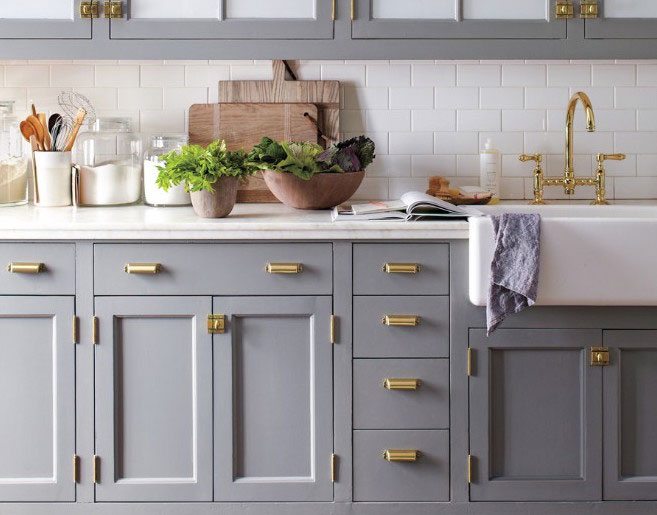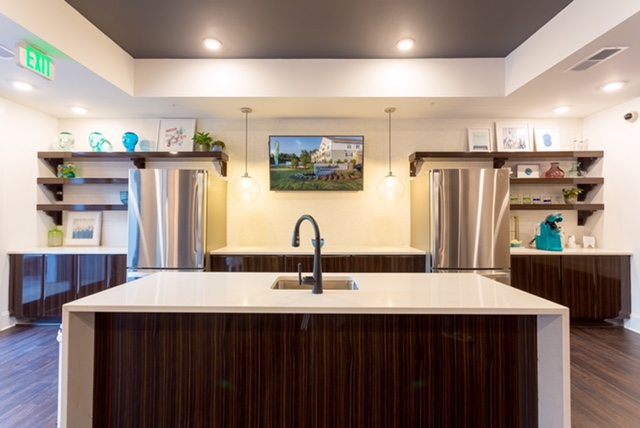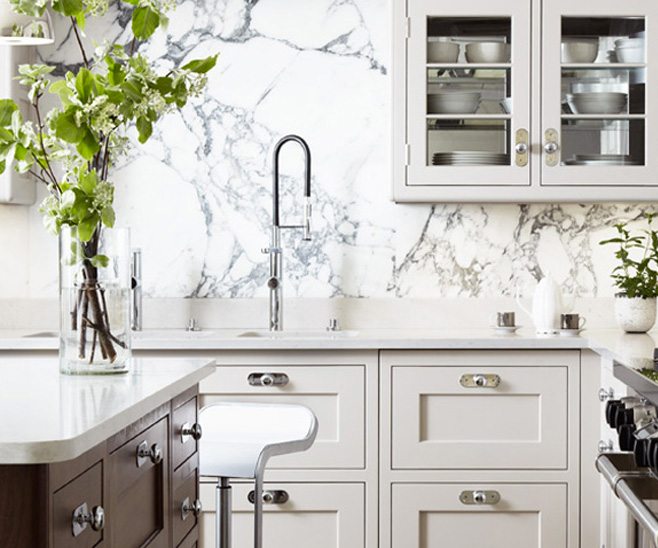We at Dunbar Builders are loving the look of painted brick exteriors, and have recently finished several homes with painted brick. Let’s talk about these exteriors that you’ve probably noticed more of in your neighborhood recently…
As design trends continue to move toward a more calm, clean aesthetic, more of our clients want the fresh look of painted brick for their home’s exterior. Painted brick is also a great way to update a home that looks dated, needs curb appeal, or is just plain blah.
Dunbar Builders often uses brick for the exterior because 1) it is a material with inherent strength and 2) it provides texture. While it is a very traditional look to leave the brick exposed on the exterior, these days more homeowners are choosing to paint the brick. Brick has texture, but painted brick has texture, a clean finish, and character!
You’ve probably noticed that the paint colors white, greige (gray + beige), and gray are here to stay. The beauty of painting brick is that the homeowner keeps the texture and character of brick AND has the ability to choose their favorite hue for the paint. It’s a win-win! You can take old, “orangey” brick and give it a dramatic look by painting it a dark color, or you can take dated brick and give it a classic, clean look by painting it a bright, crisp color with white paint. Dunbar Builders loves dark, moody paint colors on brick because they command attention and provide major curb appeal. We also love brick exteriors painted white or light gray because these homes read as modern, timeless, and sophisticated. Painting brick is simply an excellent way to refresh an older home’s exterior, or to make a new home look like it’s been there for years.
If you want a painted brick exterior, make sure you are committed for the long haul! Once brick has been painted, it is major work to remove, and worse, it is often impossible. Once the brick has been painted, there is also some upkeep to consider. Painted brick shows dirt and mildew more visibly than exposed brick, especially if it is painted white or light color. Homeowners also must take care in choosing the right kind of paint because bricks are porous, and the wrong paint can trap moisture inside the brick and begin to break it down. We recommend repainting the brick every 20 years in order to properly maintain it. Sometimes homeowners can go longer, but they should be prepared that repainting could be needed this often.
Though painting brick requires more maintenance than leaving it alone, we can’t take our eyes off these beautiful, painted brick homes we are building; they are simply beautiful. These exteriors command attention because they possess both texture and sophistication. Not loving your home’s dated, boring, brick exterior? Paint the brick, and take your home from uninspiring to one you will love!














 When it comes time for you to make a decision on your home’s insulation, there are several options available. Choosing foam insulation will provide many long-term benefits.
When it comes time for you to make a decision on your home’s insulation, there are several options available. Choosing foam insulation will provide many long-term benefits.





